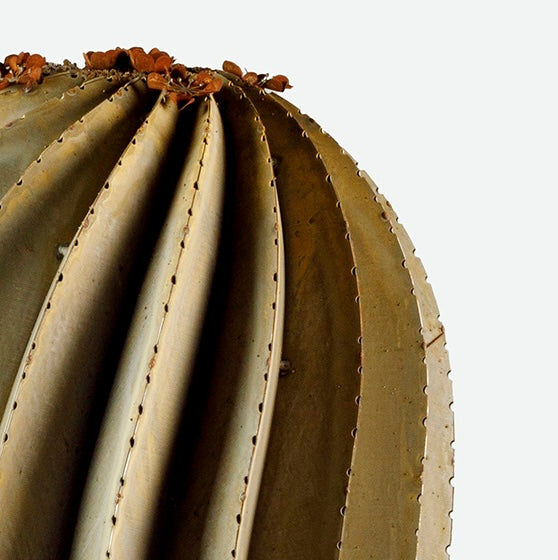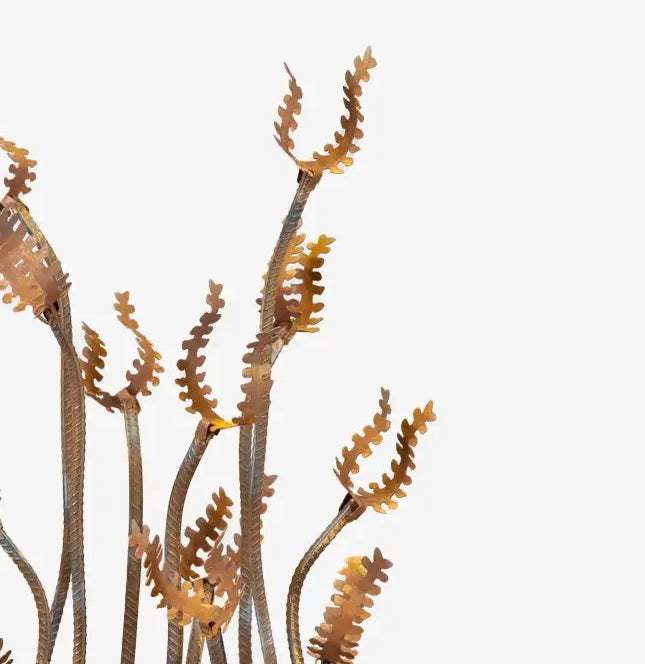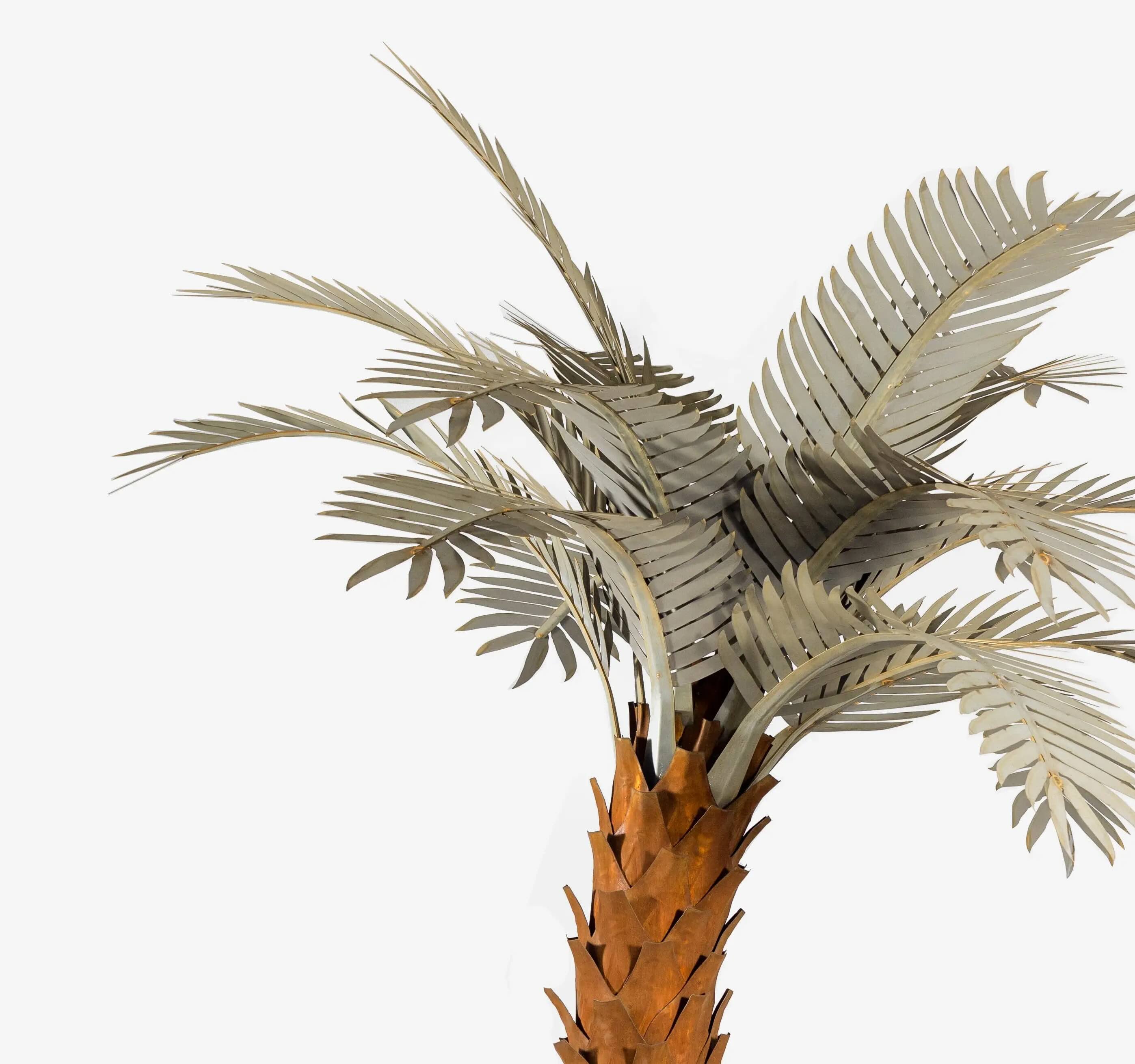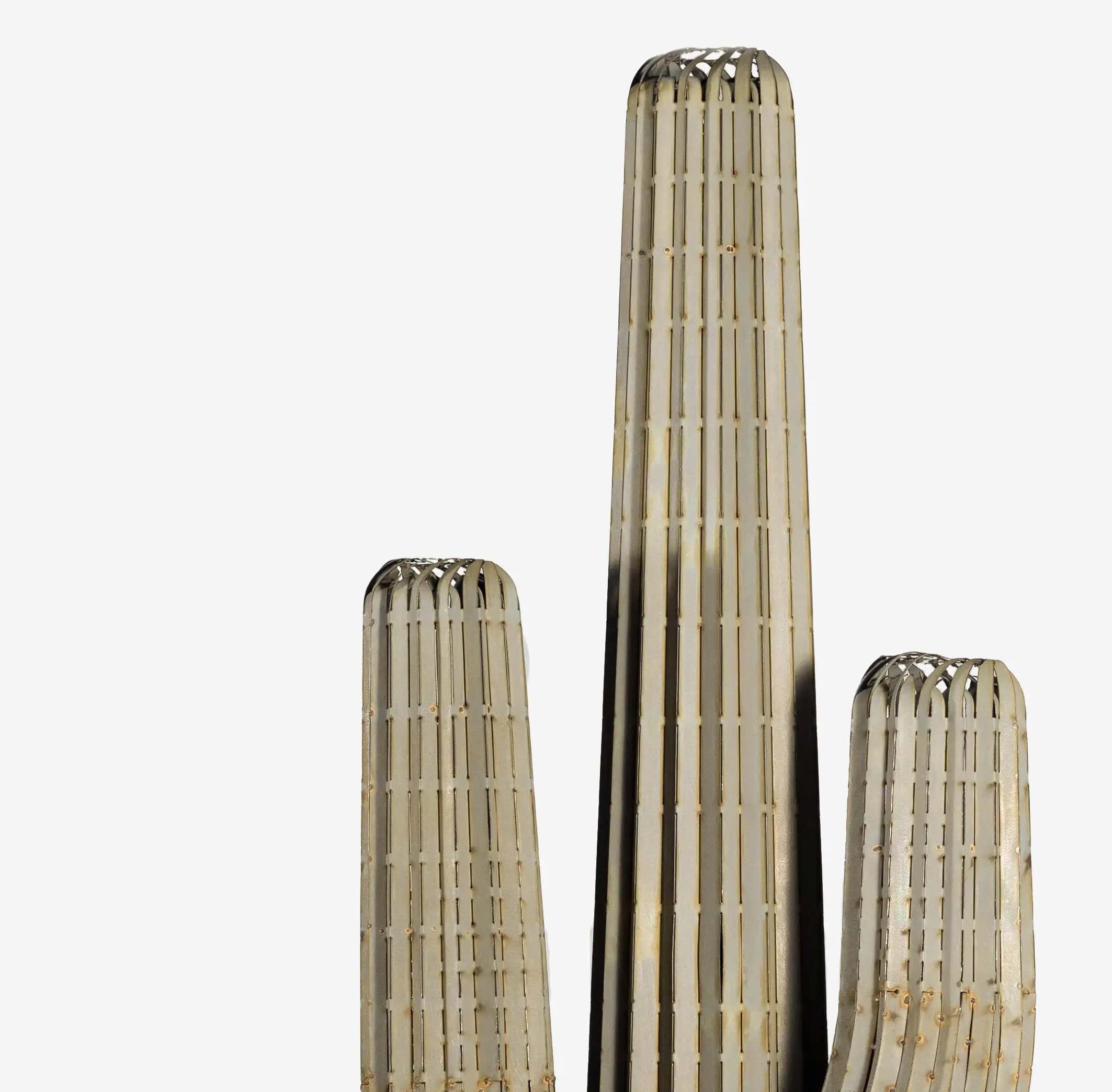Guide On How To Care For Agave Plants
Agave plants are celebrated for their striking beauty and hardiness, making them a favored choice for gardens, both indoors and outdoors. While they're known for their low-maintenance nature, proper care is essential for their optimal growth and resilience against potential hurdles. Let's explore some fundamental care tips for agave plants and navigate through the common challenges growers might face.
What Are Agave Plants Used For?
Agaves, originating from hot and arid regions primarily in the Americas, boast thick, fleshy leaves arranged in rosettes. Their ability to store water in these leaves makes them drought-tolerant, a vital trait for survival in their native habitats. With over 200 species ranging in size and appearance, agaves offer a diverse array of options for growers.
How To Take Care Of An Agave Plant
1. How Much Sunlight Do Agave Plants Need?
Agaves thrive in bright, indirect sunlight. Position them where they can soak up at least six hours of sunlight daily. Indoors, opt for south or west-facing windows to ensure they receive ample light.
2. How Often Should You Water Agave Plants?
Despite their resilience to drought, agaves require occasional watering, especially during the active growing season in spring and summer. Allow the soil to dry out completely between waterings to prevent root rot which can happen to an overwatered agave plant and cause the roots to turn black. Excess moisture can also lead to fungal growth and make the base of the plant may start to collapse if it is not drained properly. Reduce watering frequency in winter to mimic their natural dormant phase.
3. Well-draining Soil
Use a well-draining soil mix, such as one designed for cacti or succulents, to prevent waterlogging. Agaves are susceptible to root rot if their roots are constantly sitting in soggy soil.
4. What Should An Agave Plant Temperature Range Be?
Agaves favor warm temperatures and are sensitive to frost. Provide protection for outdoor plants during colder months to prevent frost damage. Indoors, maintain a temperature range of 65°F to 75°F (18°C to 24°C).
5. What To Feed Agave Plants
Feed agave plants with a balanced fertilizer diluted to half-strength during the growing season. Apply the fertilizer once a month to support healthy growth. Avoid over-fertilizing, as it can harm the plant.
6. Repotting Agave Plants
Repot agaves every two to three years or when they outgrow their current container. Choose a slightly larger pot with adequate drainage holes, and perform repotting during the active growth phase in spring.
Common Challenges With Agave Plants
1. Overwatering:
Overwatering is a common pitfall for agave growers, leading to root rot. To prevent this, prioritize underwatering and ensure proper drainage in the soil mix.
2. Pests:
While generally resilient to pests, agaves can occasionally attract aphids, mealybugs, or scale insects. Regularly inspect the plant for signs of infestation and promptly treat any issues with appropriate insecticides.
3. Frost Damage:
Frost poses a significant risk to agave plants, particularly younger ones or those unaccustomed to cold temperatures. Shield outdoor plants from frost by covering them or relocating them indoors during the coldest periods.
4. Sunburn:
Agaves love sunlight but can suffer from sunburn when exposed to intense direct sunlight, especially during hot summers. Prevent sunburn by providing some shade during peak sunlight hours.
5. Rotting:
Rotting can occur if water accumulates in the center of the rosette, leading to crown rot. Avoid watering the center of the plant and ensure the soil is well-draining to mitigate this risk.
Discover No Maintenance Metal Yard Art
Some challenges with agaves come with unpredictable weather, if you live somewhere like Tucson where it is extremely hot and dry during the summer months but then also gets frost and even snow in the winter. When weather is unpredictable or when time to provide proper care is lacking, Desert Steel Agaves offer a perfect solution. The steel agaves are lifelike and require no maintenance--guaranteeing success! Browse our full metal yard art collection online today. For more information, get in touch with our team.
 Agaves
Agaves
 Barrel Cacti
Barrel Cacti
 Joshua Trees
Joshua Trees
 Mexican Fence Post
Mexican Fence Post
 Ocotillo
Ocotillo
 Palm Trees
Palm Trees
 Prickly Pears
Prickly Pears
 Saguaros
Saguaros
 Succulents
Succulents